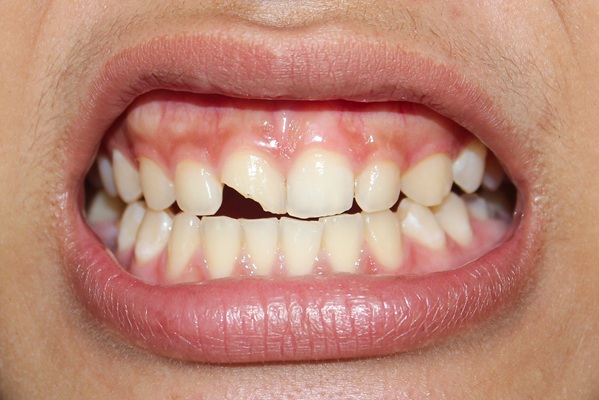 Healthy oral habits can prevent issues that may lead to infections such as gum disease. This problem, also known as gingivitis, can be common in both children and adults; however, if it is left untreated, it may worsen and cause serious discomfort or cause secondary infections within the body. Oral treatments such as scaling and planing can battle gingivitis, help maintain good oral health and prevent future infection. Patients who plan to undergo these processes may feel greater peace of mind understanding what is involved before arriving for an appointment.
Healthy oral habits can prevent issues that may lead to infections such as gum disease. This problem, also known as gingivitis, can be common in both children and adults; however, if it is left untreated, it may worsen and cause serious discomfort or cause secondary infections within the body. Oral treatments such as scaling and planing can battle gingivitis, help maintain good oral health and prevent future infection. Patients who plan to undergo these processes may feel greater peace of mind understanding what is involved before arriving for an appointment.
What causes gum disease?
Different types of foods and beverages can cause a bacterial film to build around the gumline where the teeth and gums meet. This is a sticky substance called plaque. If proper, regular brushing and flossing are neglected, the plaque can harden and turn into tartar, which can irritate the gums if it is not removed. This inflammation then causes gingivitis. Those who suffer from this issue may experience several different symptoms:
- Bleeding gums
- Gum sensitivity
- Changes to the gingiva color
- Receding gums
Teeth scaling and root planing can remove stubborn tartar and prevent further infection to improve a patient’s overall oral health.
How is teeth scaling performed?
Individuals with chronic or moderate gingivitis may have a dentist recommend teeth scaling as a tool for cleaning away hardened tartar at the gumline. This process is usually more involved than a simple cleaning and may take longer. Patients may be informed of additional details at the initial consultation.
During the process, a dentist may apply a local numbing agent to the area to reduce discomfort and then use several different scraping tools to remove stubborn tartar. Special attention may be paid to pockets between the teeth and gums, which can form once gingivitis advances to periodontal disease. When food particles become trapped in these pockets, it can contribute to tartar buildup. Pressurized water and ultrasonic tools may also be employed to remove areas of hardened tartar. Root planing may be performed during the same appointment.
What is root planing?
When gum disease is present, this can cause a tooth’s root to detach from the gums and create gaps that collect bacteria and food particles. These spaces can be difficult to reach with regular brushing or flossing and may eventually result in tooth loss. A dentist can attempt to reverse this process with root planing. During this procedure, plaque and tartar are removed with scraping and smoothing tools, which can prevent further infection. The affected roots are then smoothed out so bacteria can no longer collect, which allows the area to heal.
Check out what others are saying about our dental services on Yelp: Gum Disease in Tomball, TX.
What post-care actions are needed?
Because scaling and root planing both involve deep-cleaning processes, patients may experience tenderness or soreness at the treated area. Dentists typically recommend continued regular brushing and flossing to keep the area clean. Post-treatment checkups may be scheduled a few weeks after scaling and planing to ensure periodontal pockets are healing as expected.
Conclusion
Gingivitis can advance into serious gum disease when it goes untreated. Teeth scaling and root smoothing can reverse inflammation, bleeding and the eventual tooth loss that often occurs at the final stages of the disease.
Request an appointment or call Heather Feray Bohan, DDS, PA at 281-864-1581 for an appointment in our Tomball office.
Recent Posts
Gum disease affects more than half of all adults in the United States, according to the International Journal of Health Sciences, and there are different forms of the condition. Gum disease is prevalent and one of the major causes of tooth loss. Therefore, it helps to understand the various stages of gum disease and its…
Gum disease or periodontitis begins when there is plaque accumulation on your teeth. Your oral health will start to deteriorate at the onset of periodontitis. This will affect your smile in a negative way. If you want to know how treating your gum disease can help improve your smile, here are the facts.Battling gum disease…
According to the Centers for Disease Control and Prevention, almost half of the United States population has some form of gum disease by the time they reach the age of 30. The risk increases by age 65, with over 70% of Americans experiencing this issue later in life. While gum disease is very treatable, it…


